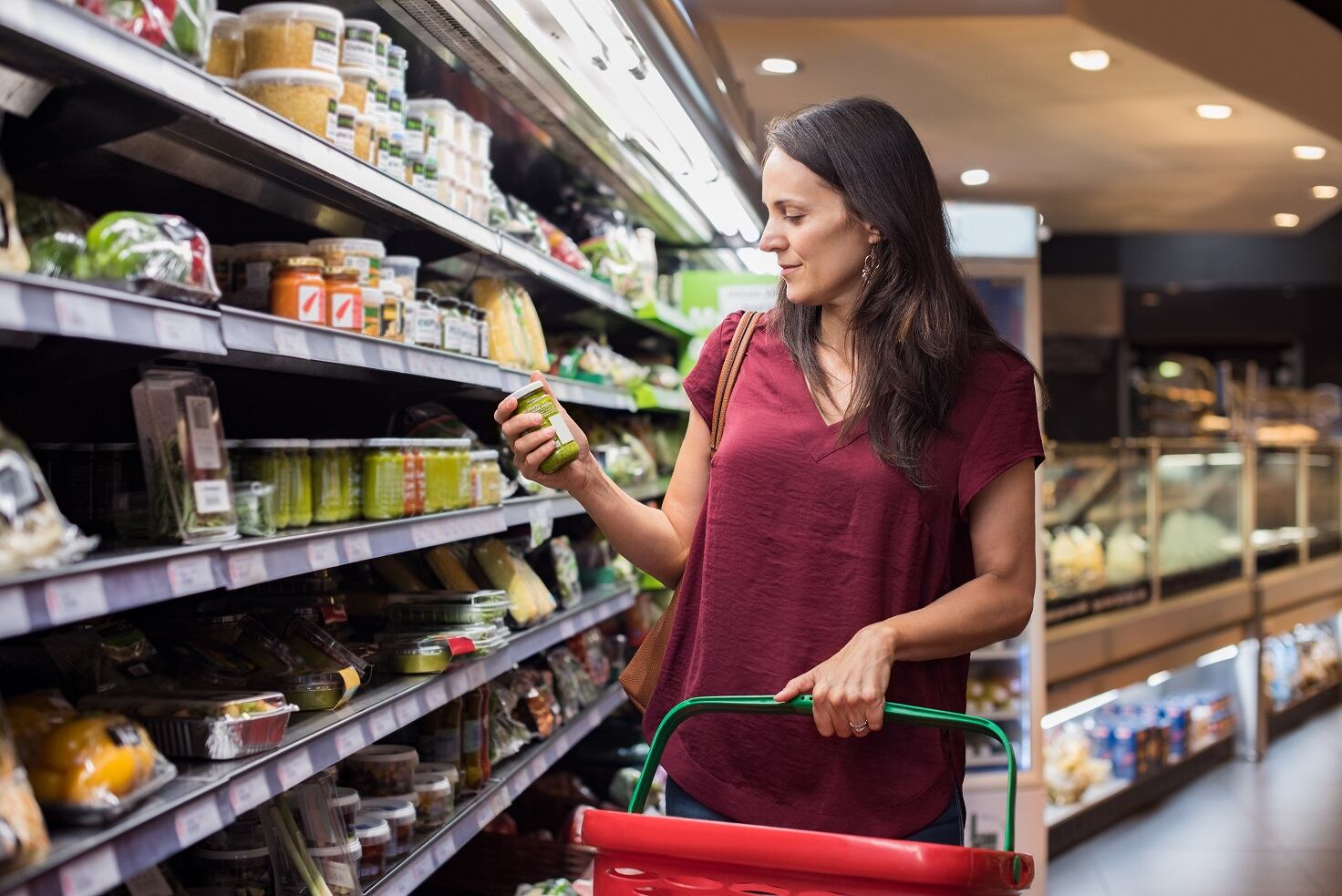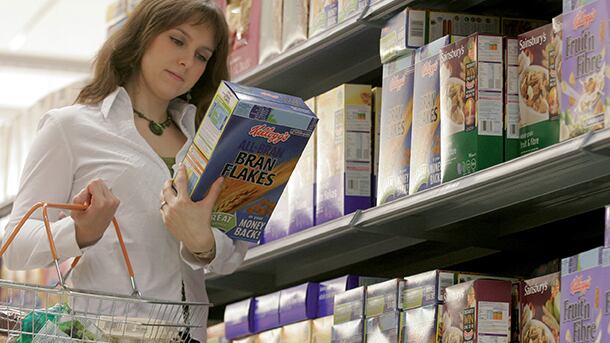Background
I am the FSA’s senior policy adviser for feed additives.
The FSA was established in 2000 as the UK competent authority for food and feed. It was asked with maintaining safety of the food chain to protect consumers following such events as the UK BSE [bovine spongiform encephalopathy] outbreak.
I joined in 2013, initially as a project manager, setting up major research contracts worth over £1m, investigating Campylobacter and norovirus in foodstuffs.
I transferred to the animal feed policy team in 2014, with responsibilities extending to transmissible spongiform encephalopathies (for example, BSE) and animal by-products.
More recently, I transferred to a new regulated products policy team, taking on responsibilities for the risk analysis process of feed additive authorisations in Great Britain (GB).
While animal feed is essentially the first link of the food-chain, the FSA has responsibility for feed in all target species; from farmed livestock, pets, insects and even circus, zoo and wild animals.
Explain your work in a few sentences
My overarching role is providing scientific and policy inputs on animal feed to the FSA and other Government departments.
Since EU exit, I work closely with our science division (as risk assessors) in my role as risk manager in the authorisation process to ensure the continued safety of over 1,500 feed additives on the GB market (Refer to: Placing a regulated product on the market).
I previously attended European Commission meetings to negotiate UK positions, voting on about 300 pieces of legislation over the years.
Other responsibilities include ministerial briefings, stakeholder queries, incident-handling, and until recently, sitting on the scientific secretariat for the Independent Advisory Committee on Animal Feedingstuffs (ACAF).
How did you end up working in this field?
My entry into the FSA, and indeed the civil service was slightly serendipitous. My career began at Sigma Chemicals in the 1980s. My fascination with science has guided subsequent roles leading to a biotechnology degree (Leeds University) and my PhD, investigating the effects of climate change on crop development (St Andrews University).
I have been fortunate in the diversity of opportunities to expand my scientific capabilities, from academic, public and private sector postings, including for a new university start-up, a Government research centre and a DNA sequencing service.
My transition into policy was spring-boarded by an MSc in science & technology policy at Manchester Business School, followed by postings at the Global Food Security Programme and a socio-economic consultancy as science policy expert.
Following a redundancy; I applied for numerous scientific/policy jobs, and the rest is now history.
As an experienced professional, what are your views about the importance of animal feed production?
We are fortunate in the UK to hold high standards in animal feed production, animal health and welfare and where the FSA maintains constructive engagement with relevant trade associations.
However, it is also recognised that the sector faces uncertain times concerning sustainability, productivity, limited resources (land, water, labour) in the wider context of population growth, climate change and economics (global trade, profitability).
Science and technology will be key drivers in meeting our consumption demands, although future advances in the agri-sector must consider ethics, consumer perceptions and a regulatory framework to maintain protection of animal and human health.
New feed additives will continue to drive feed efficiencies, productivity and environmental interventions, within a regulatory framework to facilitate such innovation.
What challenges can occur?
My diverse background allows me to hook into most life science topics and to appreciate the diverse issues within animal feed regulation.
A major challenge is maintaining a robust regulatory framework ensuring animal and human health is protected, while enabling UK industry to perform competitively within domestic and global markets.
Animal feed safety is of the highest importance to the FSA, particularly for compliance on feed composition, labelling and intended use for different target species.
Feed safety was central to the successful control of classical-BSE in the 1980s-90s; although cases still occur infrequently across the world.
The identification of a spontaneous non-transmissible atypical-BSE is associated with a natural mutation rather than classical-BSE attributed to meat and bone meal feed.
In liaison with other Government departments, the FSA retains responsibility to ensure safety of the feed and food-chains from cases of BSE.
Until recently, I worked closely with our incidents team to ensure animal and consumer safety, including withdrawals and recalls where needed.
The most common animal feed incidents relate to Salmonella contamination of imported feed materials (for example, soya-meal) or raw pet food.
Mycotoxin contamination of feedstuffs is also not uncommon, routinely concerning aflatoxin B1 in peanuts for wild bird feed.
The frequency of such mycotoxin contamination in feed and food commodities is predicted to increase as a result of shifting seasonal and weather patterns due to climate change.
With greater diversity and importation of feedstuffs; including pet food, the scope of potential incidents could well grow.
Antimicrobial resistance (AMR) has also emerged as a key issue for veterinary and human medicines.
In the UK, veterinary use of antibiotics has decreased significantly over recent years. To help control AMR via animal feed, risk assessment and restrictions of use are placed on feed additive micro-organisms exhibiting AMR potential.
Furthermore, maximum limits have been reduced for certain feed additives which may induce AMR or other adverse environmental impacts, most notably copper or zinc compounds.
What types of best practices exist at the moment to address the challenges? Where can I find them?
In animal nutrition, it is recognised that over recent decades there has been a shift towards routine supplementation of feedstuffs, especially of micronutrients, including trace elements and vitamins to avoid deficiencies and to raise productivity.
In 2010, the ACAF published guidance on the supplementation of copper providing recommended levels balancing nutritional demands while avoiding risks of copper toxicity.
This risk management exercise is currently being expanded for a broad range of trace elements (cobalt, copper, iron, iodine, manganese, molybdenum, selenium & zinc) and fat-soluble vitamins (A, D, E & K).
While the focus of this ACAF task is to ensure animal health, it is also recognised that carry-over of such essential micro-nutrients into products of animal origin (meat, milk, eggs) will generally positively impact human health.
The UK population is commonly deficient in iodine and selenium and therefore higher intake from meat, milk or eggs is beneficial.
There may also be potential for high levels of copper to accumulate in certain animal organs (for example, liver and kidneys), although the UK’s consumption is generally low.
The FSA provides regulatory and best-practice guidance on our website for animal feed.
Are there any new technologies or scientific developments that will have an impact?
Scientific and technological advancement will be key drivers for feed and food chains, including precision farming, sustainable intensification, feed efficiencies, animal breeding and crop genetics along with the array of -omics. This includes research into nutrigenomics and the gut microbiome for animal (and human) nutrition, where our understanding is still surprisingly low.
As animal feed may comprise about 70% of total production costs, protein biomass is a major economic resource in feeding regimes.
Soya and maize have long met the bulk of protein demand, although novel protein feedstuffs are emerging, for example, derived from seaweed, algae or insects.
Insect biomass production has ramped up with permitted use in aquaculture and pet food sectors, where legislation is anticipated to allow use for major livestock categories in the future.
There is a steady stream of innovative feed additive products on the market or in the pipeline, intended to increase animal performance and productivity. For example, improved feed efficiencies (digestibility enhancers, gut flora stabilisers), reduction of gut pathogens (bacteriophages, essential oils) or to reduce methane (greenhouse gas) in ruminants.
Current research into insects and other untapped sources may identify novel biomolecules for future feed additives.
These perspectives are based on my personal views, offering my insight into challenges faced in the feed sector by industry and regulators.
At the same time, this is an exciting time to accelerate productivity strategies for the agri-sector through scientific and technological advances.
I hope that this short overview provides reassurance of the UK’s high standards of regulatory controls in the feed chain to maintain animal and consumer safety.

Ask The Expert offers a regular source of advice on technical matters from industry professionals who are all IFST members and has been created with the help of the IFST.




